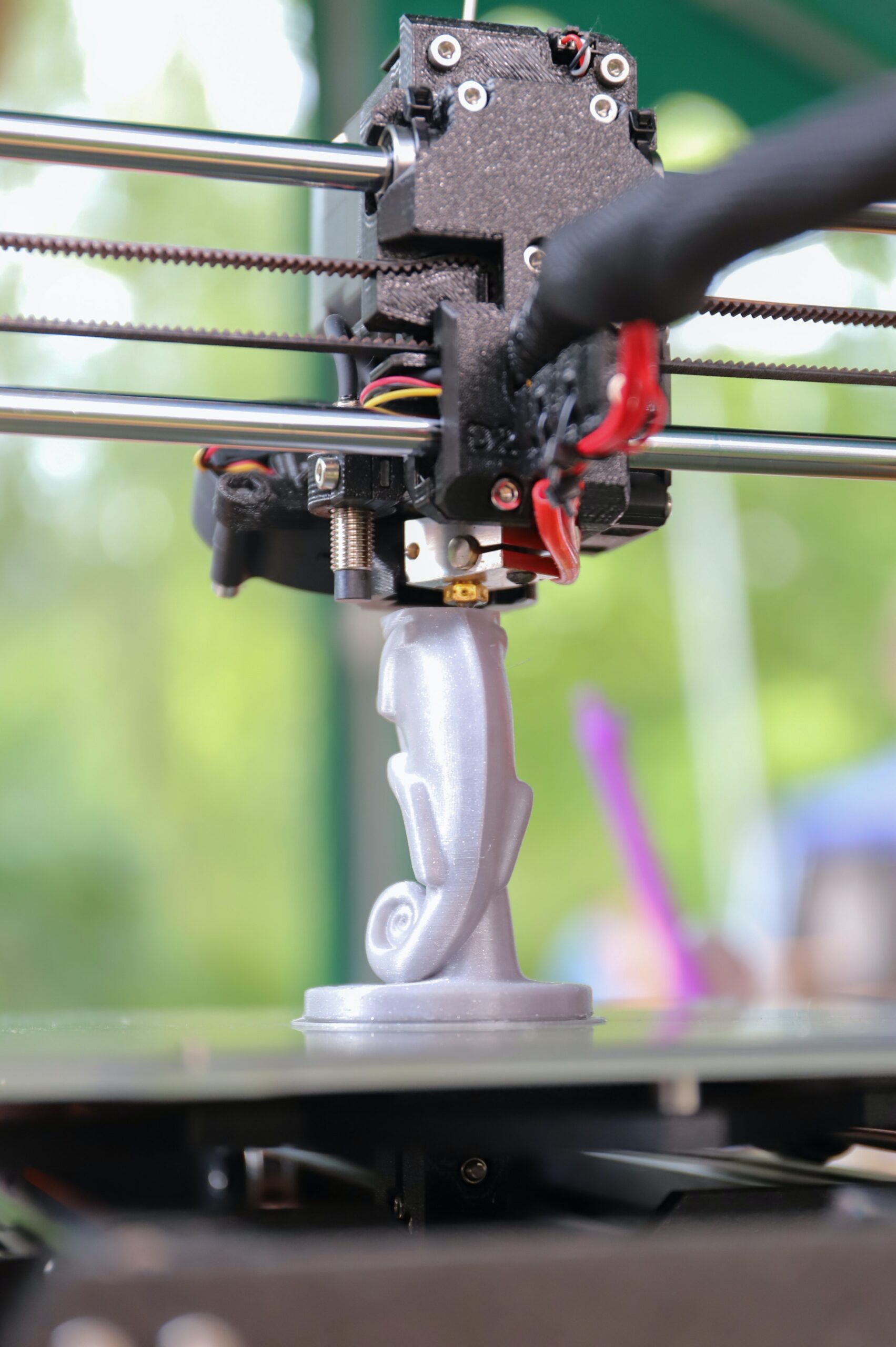Introduction to Additive Manufacturing
Additive manufacturing (AM), commonly known as 3D printing, is revolutionizing industries worldwide. This innovative technology builds objects layer by layer from digital models, offering unparalleled design flexibility and efficiency. As businesses strive for agility and innovation, understanding the impact of additive manufacturing becomes essential.
What is Additive Manufacturing?
Additive manufacturing is a process that creates three-dimensional objects from a digital file by adding material layer by layer. This method contrasts with traditional subtractive manufacturing, which removes material to shape an object. Popular additive manufacturing technologies include Fused Deposition Modeling (FDM), Stereolithography (SLA), and Selective Laser Sintering (SLS).
Benefits of Additive Manufacturing
Enhanced Design Flexibility
One of the key advantages of additive manufacturing is its design flexibility. This technology allows for the creation of complex geometries and intricate designs that are difficult or impossible to achieve with traditional manufacturing methods. This flexibility is particularly beneficial in industries like aerospace, automotive, and healthcare.
Customization and Personalization
Additive manufacturing excels in producing custom and personalized products. From tailored medical implants to bespoke consumer goods, the ability to create unique items on-demand is transforming markets. This customization capability is a significant advantage for businesses aiming to meet specific customer needs.
Reduced Material Waste
Traditional manufacturing methods often generate significant material waste. Additive manufacturing, however, uses only the material necessary to build the object, minimizing waste and contributing to more sustainable production processes.
Rapid Prototyping
Rapid prototyping is a standout benefit of additive manufacturing. This process allows for the quick creation of prototypes for testing and validation, speeding up the product development cycle and reducing time-to-market. Companies can iterate designs swiftly and efficiently, fostering innovation.
Applications of Additive Manufacturing
Aerospace Industry
In the aerospace industry, additive manufacturing is used to produce lightweight and complex components that meet stringent performance and safety standards. Examples include aircraft parts, engine components, and custom tools. The technology’s ability to create intricate geometries enhances performance and reduces weight, leading to fuel savings and improved efficiency.
Automotive Industry
Automakers leverage additive manufacturing for rapid prototyping, custom parts, and even end-use components. This technology allows for the creation of detailed and functional prototypes, enabling faster testing and development cycles. Additionally, custom automotive parts produced through additive manufacturing enhance vehicle performance and aesthetics.
Healthcare Industry
Additive manufacturing is revolutionizing healthcare by enabling the production of custom medical devices, prosthetics, and bioprinted tissues. Patient-specific surgical models and implants tailored to individual needs improve surgical outcomes and patient care. The technology’s precision and customization capabilities are crucial for advancing medical treatments and technologies.
Consumer Goods
The consumer goods sector benefits from additive manufacturing through the production of custom and limited-edition products. Jewelry, eyewear, and footwear manufacturers use this technology to offer personalized and unique designs to customers. Additive manufacturing enables businesses to cater to niche markets and respond quickly to consumer trends.
Future Prospects of Additive Manufacturing
The future of additive manufacturing is promising, with continuous advancements in technology and materials. Emerging trends include multi-material printing, increased speed and precision, and the development of eco-friendly materials and processes. As these innovations unfold, additive manufacturing will play an even more significant role in driving industrial transformation.
Conclusion
Additive manufacturing is a game-changer in the modern manufacturing landscape. Its ability to create complex, custom, and efficient products is driving innovation across various industries. By embracing additive manufacturing, businesses can stay competitive, reduce waste, and meet the growing demand for personalized products. As technology continues to evolve, the impact of additive manufacturing on the global market will only increase, making it an essential tool for future-ready companies.

